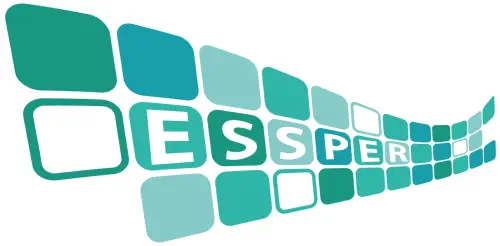Associazione ESSPER
periodici italiani di economia, scienze sociali e storia
periodici italiani di economia, scienze sociali e storia

Titolo: INDIAN CURRENCY AND BEYOND The Legacy of the Early Economics of Keynes in the Times of Bretton Woods II
Periodico: Università degli Studi del Piemonte Orientale 'A. Avogadro' : Facoltà di Economia - Dipartimento di Scienze Economiche e Metodi Quantitativi "SEMEQ" - Quaderni
Anno: 2009 - Fascicolo: 12 - Pagina iniziale: 1 - Pagina finale: 44
In the paper, we revisit the focus and method of “Indian Currency and Finance” (1913) and the rationale of Keynes’s proposal for an international monetary system combining cheapness with stability. In particular, we centre on the management of exchange reserves and the pattern of relationships between creditor and debtor countries, to suggest that Keynes’s fresh look at Asia in the first years of the twentieth century may provide useful hints for an overall rethinking of the major faults of today’s Bretton Woods II system as well as the rationale for a global monetary reform.
Testo completo: http://semeq.unipmn.it/files/quaderno%2012%20completo.pdf
Esportazione dati in Refworks (solo per utenti abilitati)
Record salvabile in Zotero
